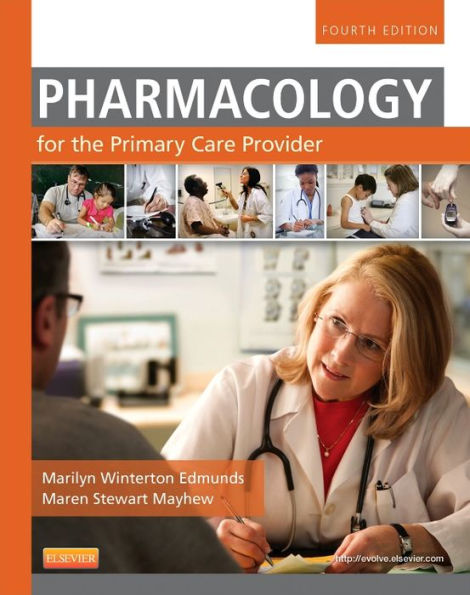Table of Contents
PART ONE: ESSENTIAL CONCEPTS FOR THE PRESCRIPTION OF MEDICATIONS
Unit 1: Foundations of Prescriptive Practice 1. Prescriptive Authority and Role Implementation: Tradition vs. Change 2. Historical Review of Prescriptive Authority: The Role of Nurses (NPs, CNMs, CRNAs, and CNSs) and Physician Assistants
Unit 2: Pharmacokinetics and Pharmacodynamics 3. General Pharmacokinetic and Pharmacodynamic Principles 4. Special Populations: Geriatrics 5. Special Populations: Pediatrics 6. Special Populations: Pregnant and Nursing Women
7. Over-the-Counter Medications 8. Complementary and Alternative Therapies
Unit 3: The Art and Science of Pharmacotherapeutics 9. Establishing the Therapeutic Relationship 10. Practical Tips on Writing Prescriptions 11. Evidence-Based Decision-Making and Treatment Guidelines 12. Design and Implementation of Patient Education
PART TWO: DRUG MONOGRAPHS Unit 4: Topical Agents 13. Dermatologic Agents 14. Eye, Ear, Throat, and Mouth Agents
Unit 5: Respiratory Agents 15. Upper Respiratory Agents 16. Asthma and Chronic Obstructive Pulmonary Disease Medications
Unit 6: Cardiovascular Agents 17. Hypertension and Miscellaneous Antihypertensive Medications 18. Coronary Artery Disease and Antianginal Medications 19. Heart Failure and Digoxin 20. ß-Blockers 21. Calcium Channel Blockers 22. ACE Inhibitors and Angiotensin Receptor Blockers 23. Antiarrhythmic Agents 24. Antihyperlipidemic Agents 25. Agents that Act on Blood
Unit 7: Gastrointestinal Agents 26. Antacids and the Management of GERD 27. Histamine-2 Blockers and Proton Pump Inhibitors 28. Laxatives 29. Antidiarrheals 30. Antiemetics 31. Medications for Irritable Bowel Syndrome and Other Gastrointestinal Problems
Unit 8: Renal/Genitourinary Agents 32. Diuretics 33. Male Genitourinary Agents 34. Drugs for Urinary Incontinence and Urinary Analgesia
Unit 9: Musculoskeletal Agents 35. Acetaminophen 36. Aspirin and Nonsteroidal Antiinflammatory Drugs 37. Disease-Modifying Antirheumatic Drugs and Immune Modulators 38. Gout Medications 39. Osteoporosis Treatment 40. Muscle Relaxants
Unit 10: Central Nervous System Agents 41. Medications for Attention Deficit Hyperactivity Disorder 42. Medications for Dementia 43. Analgesia and Pain Management 44. Migraine Medications 45. Antiepileptics 46. Antiparkinson Agents
Unit 11: Psychotropic Agents 47. Antidepressants 48. Antianxiety and Antiinsomnia Agents 49. Antipsychotics 50. Substance Abuse
Unit 12: Endocrine Agents 52. Glucocorticoids 52. Thyroid Medications 53. Diabetes Mellitus Agents
Unit 13: Reproductive System Medications 54. Contraceptives 55. Hormone Replacement Therapy – NEW Title/Focus! 56. Drugs for Breast Cancer
Unit 14: Antiinfectives 57. Principles for Prescribing Antiinfectives 58. Treatment of Specific Infections and Miscellaneous Antibiotics 59. Penicillins 60. Cephalosporins 61. Tetracyclines 62. Macrolides 63. Fluoroquinolones 64. Aminoglycosides 65. Sulfonamides 66. Antitubercular Agents 67. Antifungals 68. Antiretroviral Medications 69. Antiviral and Antiprotozoal Agents
Unit 15: Health Promotion 70. Immunizations and Biologicals
71. Weight Management 72. Smoking Cessation 73. Vitamins and Minerals






